Gaming NFT Integration Decision Guide
Game Type
Select the primary genre of your game to get tailored NFT recommendations.
Development Stage
Indicate your current development stage to receive appropriate implementation steps.
Blockchain Preference
Choose your preferred blockchain for NFT integration.
Target Platform
Select your target platform(s) for NFT integration.
Recommended Integration Plan
Technical Requirements
Potential Challenges
Quick Takeaways
- NFTs let players truly own, trade, and earn from in‑game items.
- Ethereum, Polygon, Solana and other chains power most NFT games today.
- Unity and Unreal Engine have ready‑made plugins for blockchain hooks.
- Layer‑2 solutions slash transaction fees and keep gameplay smooth.
- Focus on security, clear economics, and player onboarding to avoid common pitfalls.
Gaming NFT Integration is the process of embedding blockchain‑based non‑fungible tokens into video games so players can own, trade, and monetize unique digital assets. Since the first experiments in 2017, the space has exploded: by September2025, eleven major titles are using NFTs, and the global market is forecast to hit over $80billion by 2035. If you’re a game developer wondering how to ride this wave, this guide walks you through the why, the what, and the how - all in plain language and with real‑world examples.
Why Add NFTs to Your Game?
Players love two things: rarity and control. Traditional games can simulate rarity, but they can’t give true ownership. NFTs change that. When a sword is minted as an NFT, the player’s wallet holds a cryptographic proof of ownership that works across platforms, markets, and even other games. This opens up three big opportunities:
- Monetization: Players can sell rare items on OpenSea, Binance NFT Marketplace, or in‑game auctions, turning playtime into income.
- Engagement: Earn‑as‑you‑play models (play‑to‑earn, play‑and‑earn) keep users coming back, especially in regions where supplemental income matters.
- Community governance: Tokens can grant voting rights in a game’s DAO, letting players influence updates and economics.
But it’s not just about cash. NFTs also enable cross‑game portability, giving your brand a chance to become a broader digital ecosystem.
Core Technical Building Blocks
Before you write a single line of game code, you need to pick the right blockchain stack.
Non-fungible token (NFT) is a unique digital certificate stored on a blockchain that represents ownership of a specific asset is the core data type. The surrounding infrastructure includes:
- Blockchain provides a decentralized ledger where NFTs are minted, transferred, and verified - choose Ethereum for network effect, Polygon or Optimism for cheap Layer‑2, or Solana for high throughput.
- Smart contract is self‑executing code on the blockchain that governs NFT creation, ownership checks, and trade logic - written in Solidity (EVM chains) or Rust (Solana).
- Unity is a cross‑platform game engine with plugins like Enjin Unity SDK for blockchain connectivity or Unreal Engine offers Blueprint nodes and C++ modules to integrate wallets and NFT calls.
- Polygon is a Layer‑2 scaling solution for Ethereum that reduces gas fees to pennies and processes thousands of transactions per second, making real‑time gameplay feasible.
- Enjin provides a turnkey platform for minting, managing, and integrating NFTs without building a full blockchain backend.
Step‑by‑Step Implementation Roadmap
- Define the NFT economy. List every asset you want tokenized (characters, skins, land, etc.). Sketch out how rarity, supply caps, and utility will work.
- Choose a blockchain and scaling layer. For most indie studios, Polygon + Ethereum offers the best mix of security and cost. Enterprise teams may opt for a private sidechain.
- Write and audit smart contracts. Use Solidity templates from OpenZeppelin, then run automated tests with Hardhat or Truffle. Hire a third‑party auditor - a $15‑$30k audit can save you from costly exploits.
- Integrate with the game engine. Import the Enjin SDK into Unity or use the official Unreal Plugin. Connect wallet functions (MetaMask, WalletConnect) to log in players and fetch owned NFTs.
- Build the in‑game marketplace. Decide between on‑chain (transactions happen directly on the blockchain) or off‑chain (central server records trades, then settles batch‑wise). On‑chain offers true decentralization; off‑chain improves speed.
- Implement wallet onboarding. Provide step‑by‑step UI for creating a crypto wallet, funding it with a small amount of the native token, and linking it to the game. Offer “gas‑less” faucet credits for new users.
- Test under load. Simulate thousands of concurrent NFT transfers on a testnet (Polygon Mumbai) to ensure latency stays under 200ms, which is the sweet spot for smooth gameplay.
- Launch a beta. Release to a small community, gather feedback on fee perception, UI clarity, and asset valuation. Iterate before a full public rollout.
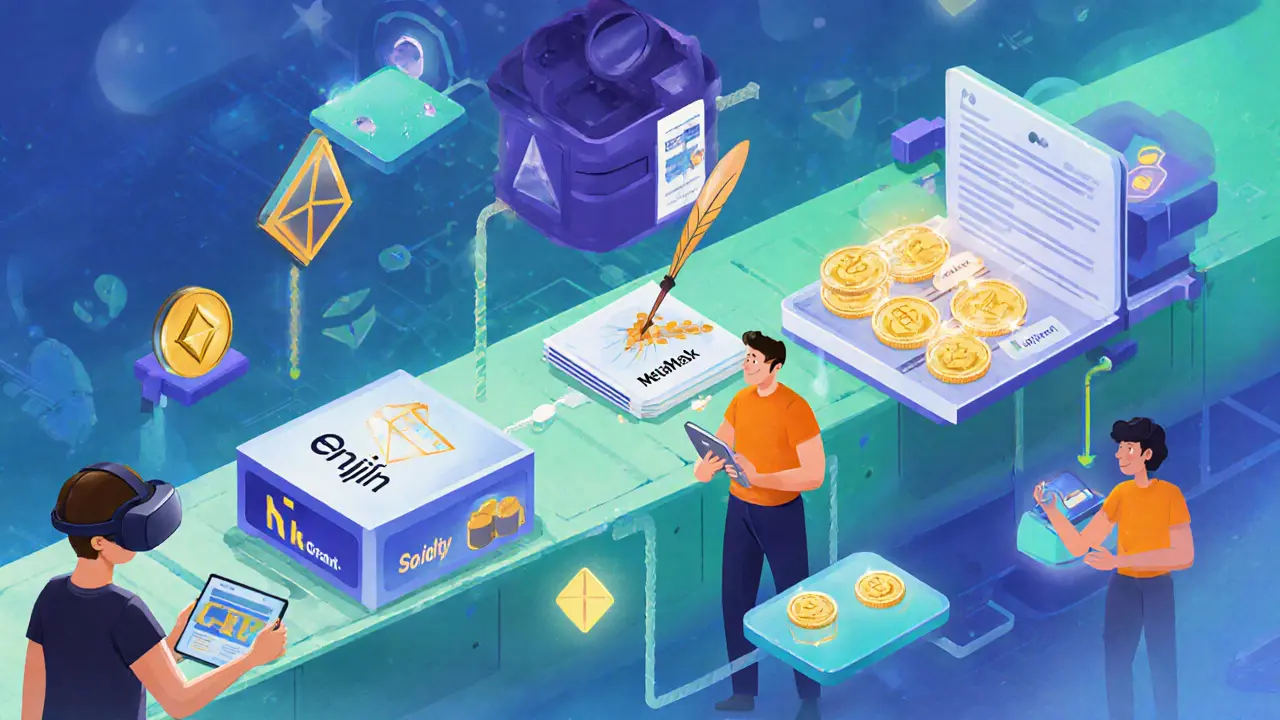
Traditional Assets vs. NFT Assets - A Quick Comparison
| Aspect | Traditional Items | NFT Items |
|---|---|---|
| Ownership | Stored on game server; revocable. | Cryptographically provable in player’s wallet. |
| Portability | Locked to one game. | Can move across compatible games or marketplaces. |
| Monetization | Only via in‑game currency. | Buy/sell on open marketplaces for real money. |
| Scalability | Handled by game server. | Depends on blockchain throughput; Layer‑2 helps. |
| Transaction Cost | Usually zero. | Gas fees (often pennies on Polygon). |
Common Challenges & How to Overcome Them
High gas fees. Stick to Layer‑2 chains for everyday play, reserve mainnet only for high‑value trades.
Network congestion. Implement transaction batching and use lazy‑minting (mint on first transfer) to keep on‑chain writes low.
Regulatory uncertainty. Follow the latest guidance from the EU’s MiCA framework and Japan’s FinTech guidelines. Keep tokenomics clear - avoid classifying your NFTs as securities.
Security threats. Use multisignature wallets for treasury, enable hardware‑wallet support, and integrate anti‑fraud AI that flags abnormal trade patterns.
Player onboarding friction. Offer in‑game tutorials, “one‑click” wallet creation, and an FAQ hub (see below).
Best Practices & Pro Tips
- Start with a hybrid model: combine a few core NFTs with a robust traditional loot system. This eases new players into blockchain concepts.
- Design rarity curves using real market data from DappRadar - over‑minting can crash your economy.
- Leverage DAOs early. Give top‑tier NFT holders voting power on balance changes; it builds loyalty.
- Test on multiple wallets (MetaMask, Trust Wallet, Coinbase Wallet) to catch UI quirks.
- Stay ahead of scaling upgrades - Polygon’s zk‑EVM roll‑up promises sub‑second finality; plan migration paths now.
Future Outlook - What’s Next for Gaming NFTs?
By 2030, analysts expect NFT assets to become interchangeable “digital fashion” for avatars, with AR/VR headsets scanning physical rooms and projecting NFT‑linked objects in real time. Expect:
- Full‑interoperability standards like ERC‑721X that let items move between Unity, Unreal, and WebGL games without rewrites.
- Zero‑knowledge roll‑ups that hide transaction details while still proving ownership - boosting privacy for players.
- Regulated “play‑and‑earn” licences that let developers operate like fintech firms, offering tax‑reportable earnings to users.
In short, the technology is maturing fast. If you adopt NFTs now with solid design, you’ll be positioned to ride the next wave of immersive, player‑owned ecosystems.
Frequently Asked Questions
Do I need to know how to code blockchain to add NFTs?
No. Platforms like Enjin, Immutable X, and Ready Player Me offer no‑code SDKs that handle minting and wallet integration. However, for custom economics you’ll eventually need a developer comfortable with Solidity or Rust.
Which blockchain is cheapest for in‑game transactions?
Polygon’s Layer‑2 solution typically costs less than $0.01 per transaction, making it the go‑to choice for high‑frequency gameplay swaps.
How do I protect my players from scams?
Implement multi‑signature treasury wallets, use verified smart‑contract libraries, and display clear contract addresses during purchases. Adding a phishing‑detector in‑game can also warn users before they sign a malicious transaction.
What legal hurdles should I expect?
Regulators in the EU, Japan, and the U.S. are focusing on whether NFTs qualify as securities or consumer goods. Keep your tokenomics simple, avoid promises of profit, and consider adding a terms‑of‑service clause that clarifies NFTs are digital collectibles, not investment contracts.
Can I use NFTs in a mobile‑only game?
Yes. Mobile SDKs from WalletConnect and MetaMask Mobile let users authenticate with a few taps. Just remember to optimize gas usage, as mobile data plans can make high fees prohibitive.






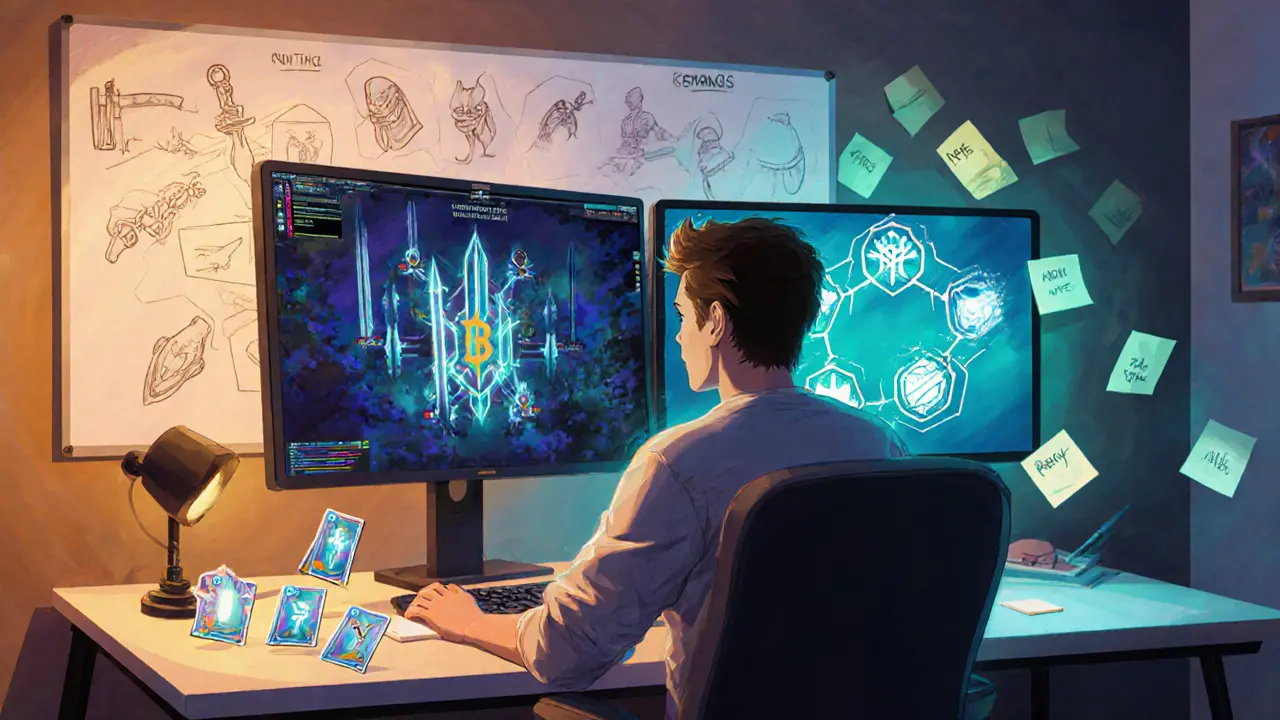
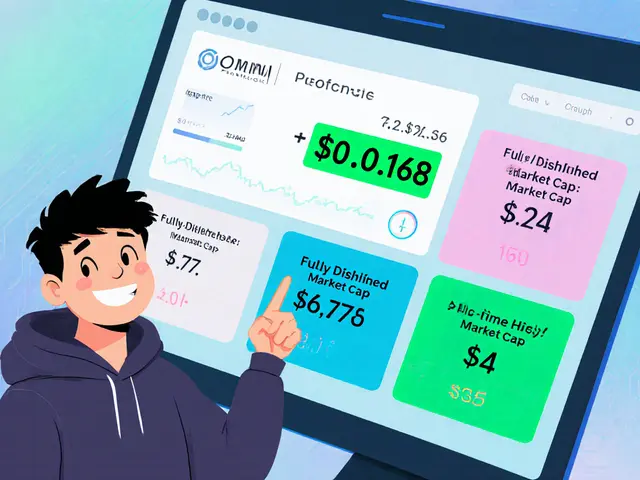
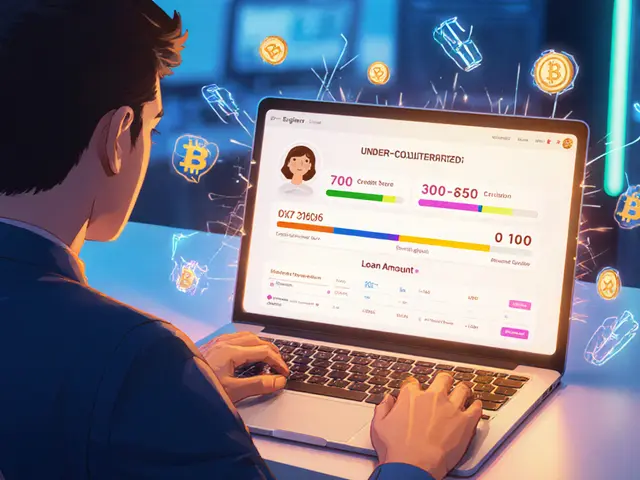
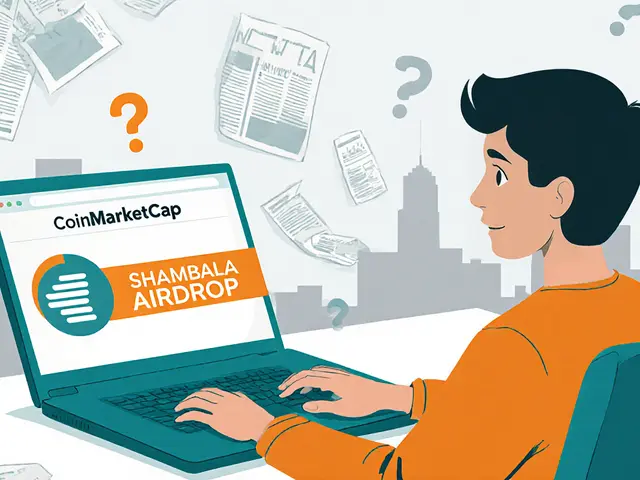
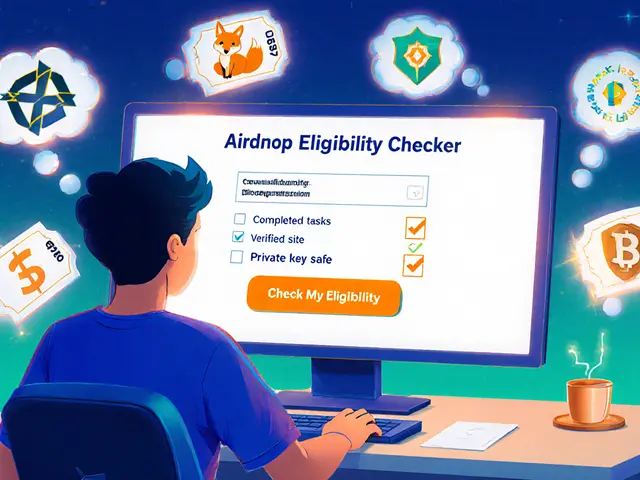
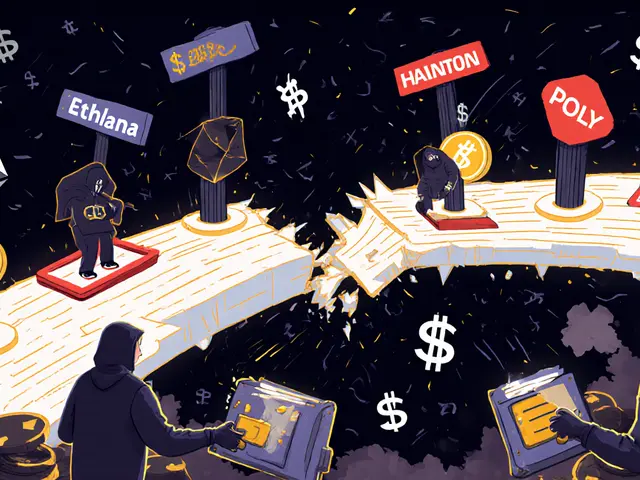
People Comments
Feels like another buzzword chase.
Ah, the grand saga of NFTs in gaming – a drama of ambition, desire, and the ever‑looming specter of cash‑grabbers. The industry pretends to herald a revolution, yet sometimes it feels more like a theatrical monologue where the playwright never leaves the stage. We must ask whether the technology serves art or merely decorates it with glitter. In the end, the real story is about players yearning for genuine ownership, not just a shiny badge on a digital shelf.
Sure, blockchains are the answer to everything, from pizza delivery to planetary climate control. The only conspiracy here is that someone sold you a dream wrapped in code and called it "innovation." If you think sprinkling a few smart contracts will magically fix game design, you’re buying the same snake oil as the 1990s dot‑com hype. Keep your eyes open and your wallet closed.
Players need clear steps on how to set up a wallet and what to do with their new NFT items you know it helps to have a tutorial that walks them through each click and shows them the benefits like real ownership and trading opportunities
Integrating NFTs into a game is more than a shiny marketing hook; it's a systems design challenge that touches every layer of your product. Start by clearly defining what ownership means for each asset, because vague definitions quickly erode player trust. Map out a rarity curve that mirrors real market demand and prevents hyperinflation of token supply. Choose a blockchain that balances security with cost; for most indie studios Polygon offers sub‑cent gas while still leveraging Ethereum's security. Write your smart contracts using battle‑tested libraries like OpenZeppelin and run a full suite of unit and integration tests on a testnet. Bring a third‑party audit into the timeline early; a $20k audit is cheaper than a post‑launch exploit. When you hook the contract into Unity or Unreal, use the official SDKs to handle wallet connections and token queries. Remember to cache off‑chain metadata to keep load times low and avoid hammering the node with every frame. Design your in‑game marketplace with user experience in mind-batch transactions where possible and give clear fee breakdowns. Implement gas‑less meta‑transactions for low‑value actions to keep gameplay smooth. Provide an onboarding flow that walks new players through wallet creation, funding, and the basics of crypto safety. Offer a small amount of native token as a faucet credit to reduce the barrier to entry. Monitor on‑chain analytics after launch to spot any abnormal trade patterns that could signal fraud. Finally, keep the community in the loop with regular updates and transparent roadmaps; an engaged player base will help you fine‑tune the economy over time. With a solid foundation, NFTs can become a meaningful extension of gameplay rather than a gimmick.
When you think about gaming and NFTs, you’re really looking at the intersection of desire and digital permanence. It’s like asking why we keep collecting stamps-except now the stamps can be sold for coffee. The deeper question is: does ownership change how we relate to virtual worlds? If we answer that, we might uncover a new philosophy of play.
Cool guide! 😊 Looks solid, though I hope the devs remember to add clear error messages for failed transactions.
Listen up, creators! If you think slapping a few NFTs onto your game will instantly boost revenue, you’re dreaming. You need a robust economy, clear value propositions, and relentless community engagement. Don’t just copy what’s out there; innovate, iterate, and watch your players become ambassadors.
While enthusiasm is appreciated, let us not forget the regulatory landscape. Jurisdictions worldwide are scrutinizing tokenized assets, and classification as securities could pose significant legal hurdles. Comprehensive compliance strategies, thorough KYC/AML procedures, and transparent tokenomics are indispensable for sustainable growth.
Thanks for the heads‑up! I’ll make sure to check the local regulations before we jump in.
Hey Lana, love the philosophical spin! 🌟 Adding NFTs is like giving players a passport to their own digital kingdoms. Keep the language simple and the benefits clear, and you’ll see excitement bloom.
Great rundown! From a cultural standpoint, NFTs can bridge gaming communities worldwide, letting creators share art across borders without the usual gatekeepers.
Wow, this is sooo helpful!! 🎉 Just hope people don’t get scammed 🤞🏾